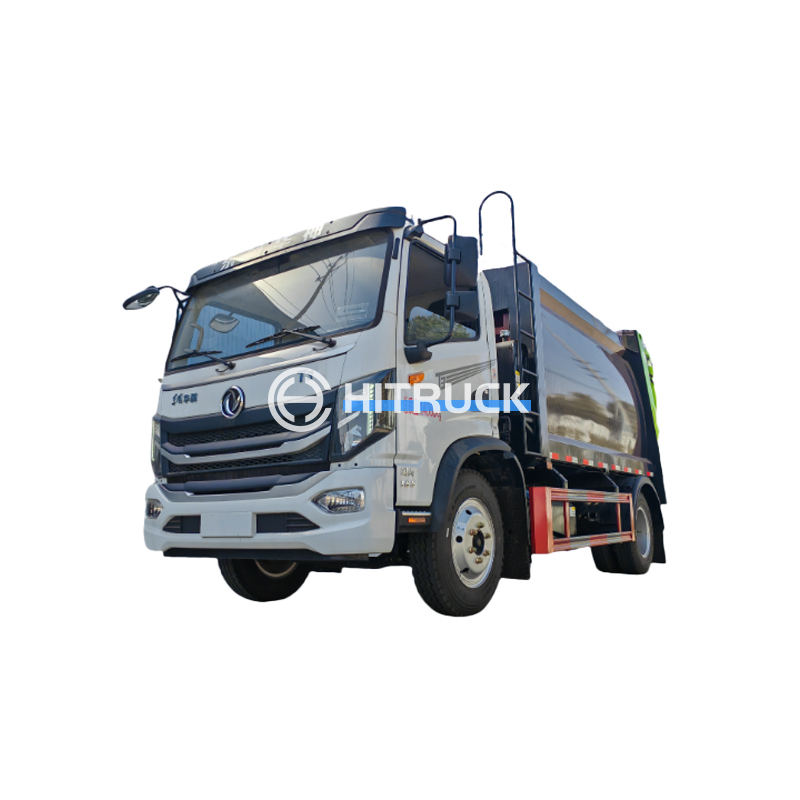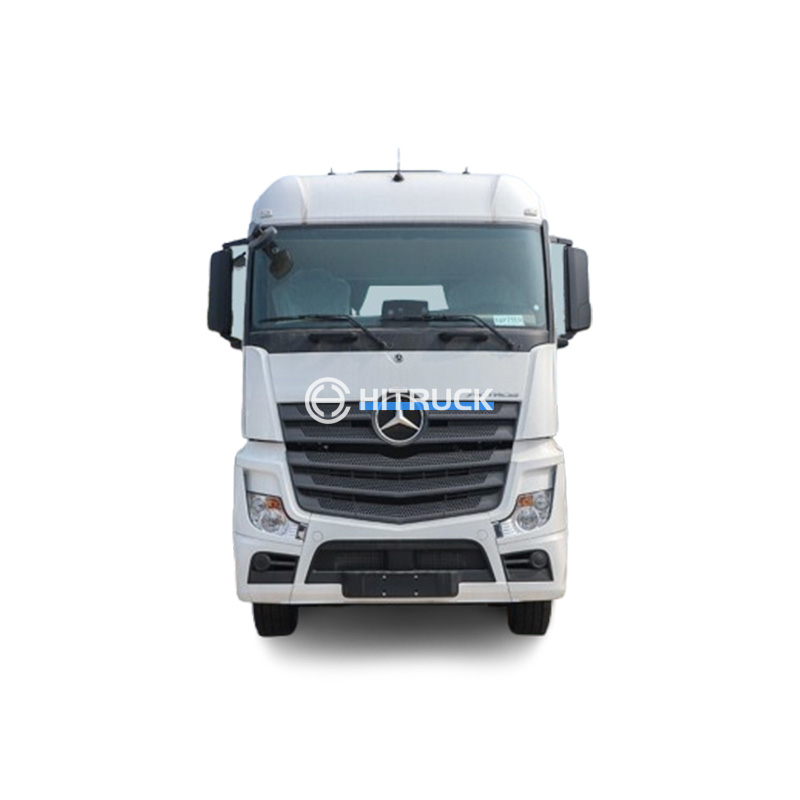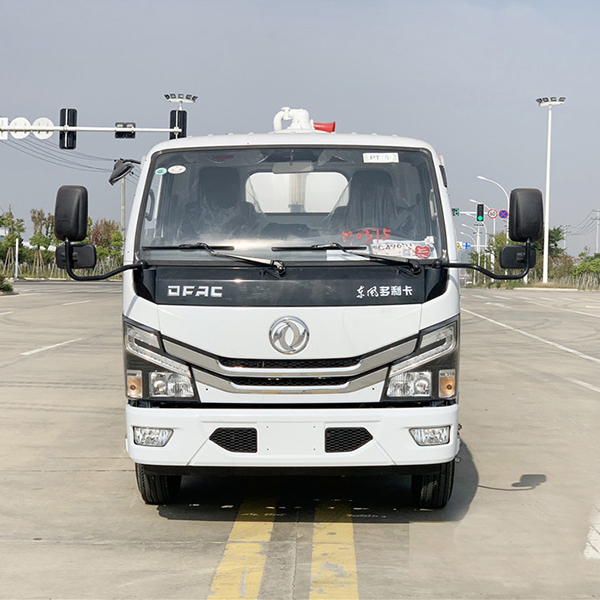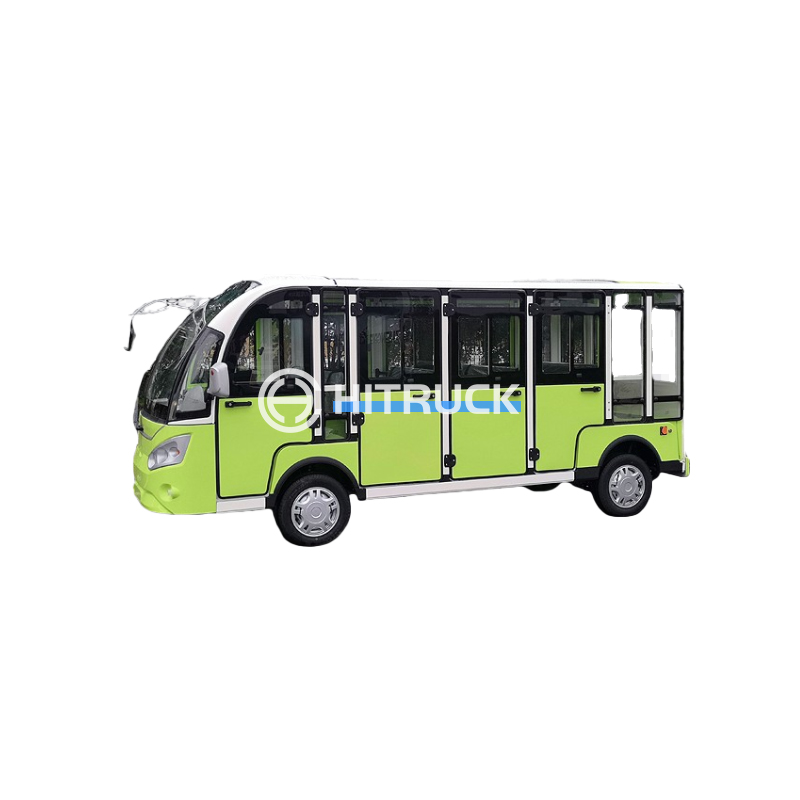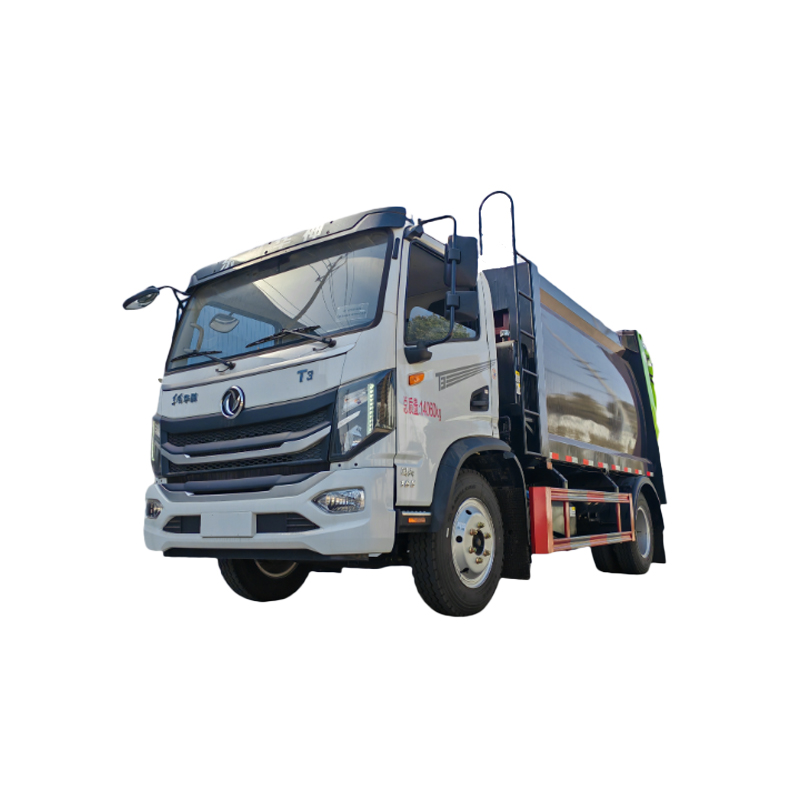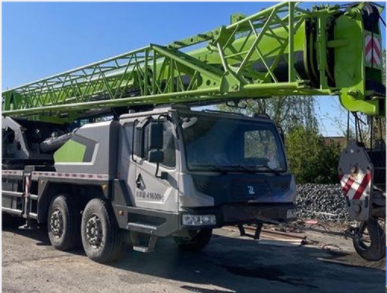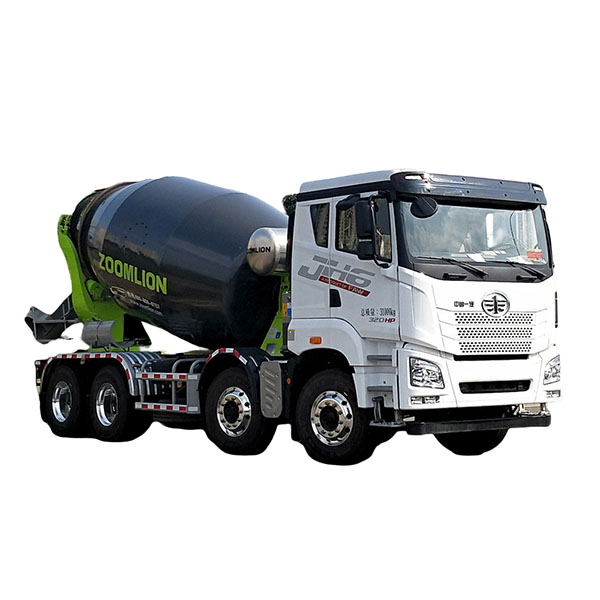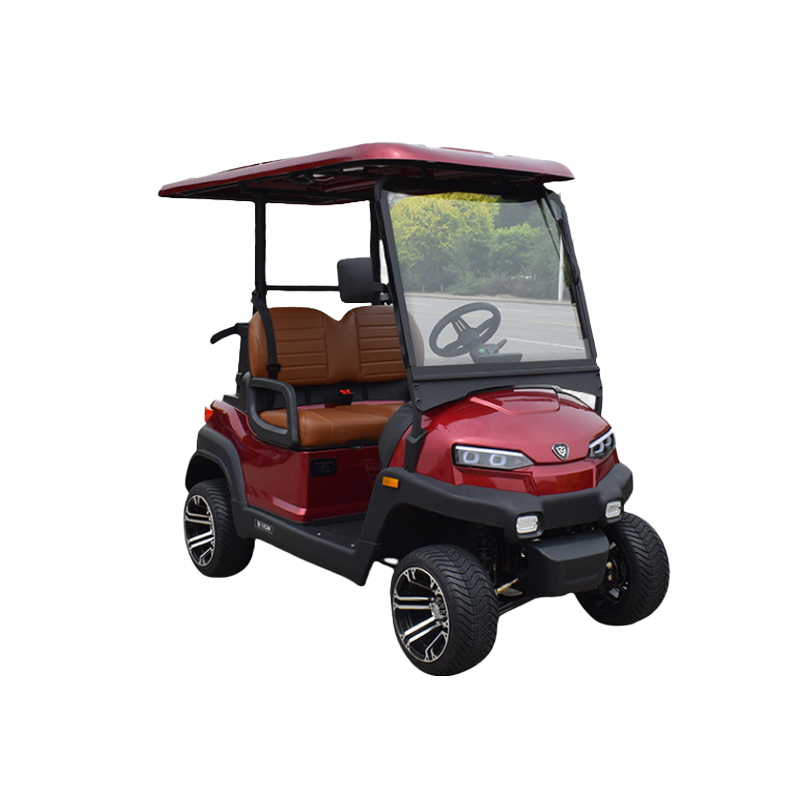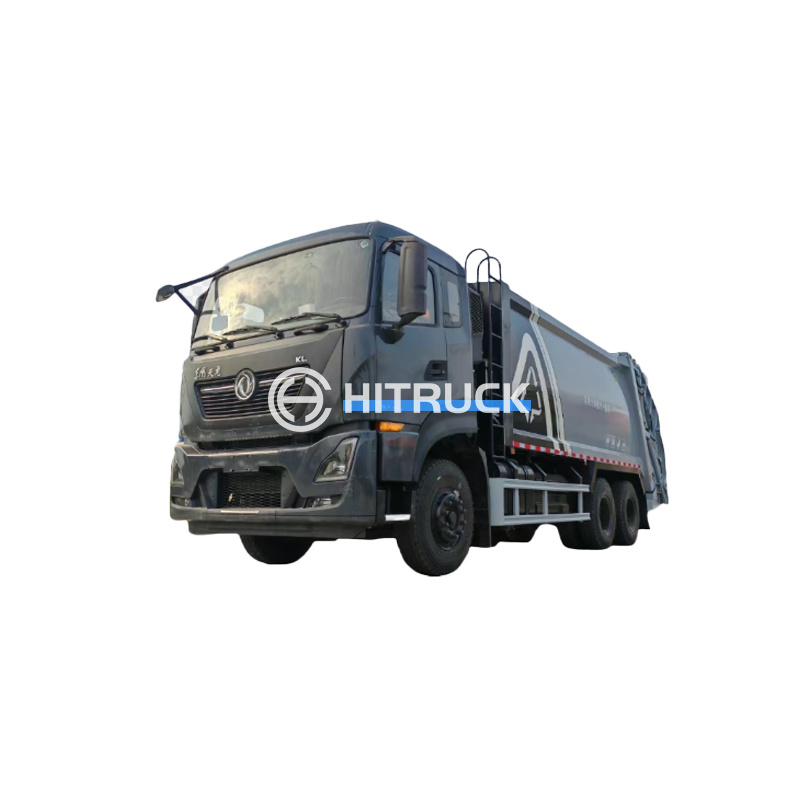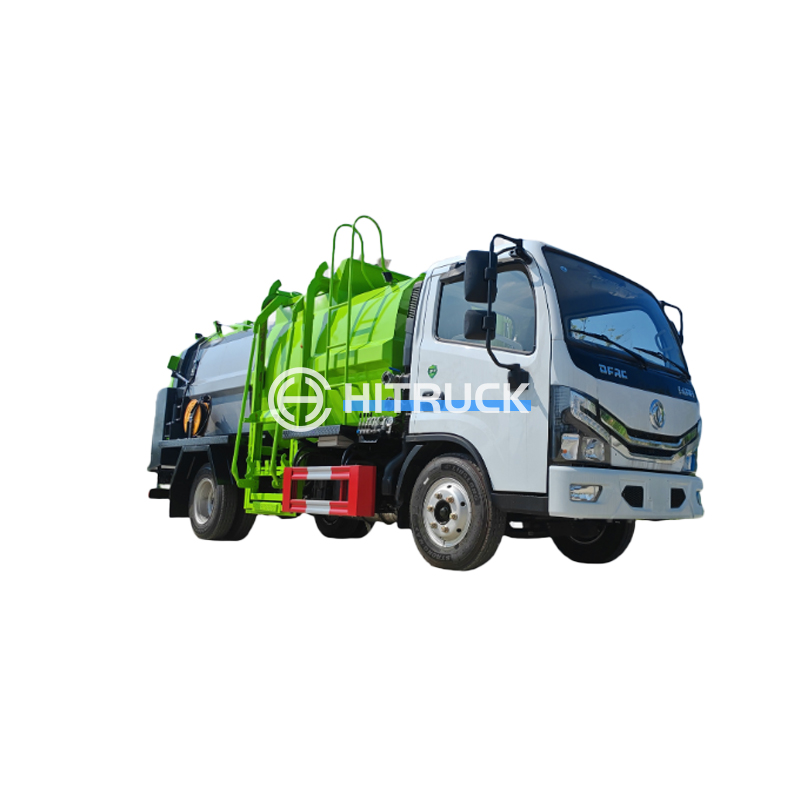Articulated Dump Trucks: A Comprehensive GuideArticulated dump trucks (ADT) are heavy-duty vehicles designed for efficient material hauling in challenging terrains. This guide provides a comprehensive overview of ADTs, covering their features, applications, advantages, and considerations for purchase.
Articulated dump trucks are characterized by their unique articulation joint, which allows the body and chassis to pivot independently. This design enhances maneuverability, especially in tight spaces and on uneven ground. Unlike rigid dump trucks, ADTs offer superior off-road capabilities, making them ideal for construction sites, quarries, mines, and other demanding environments. The most prominent advantage is their ability to navigate challenging terrain with ease, significantly increasing operational efficiency compared to rigid dump trucks, reducing the risk of damage, and often lowering overall project costs. Several manufacturers produce high-quality articulated dump trucks, each with varying specifications and features. Choosing the right model depends heavily on the specific application and site requirements. Key features to consider include payload capacity, engine power, drive train configuration, and safety features.
Articulated dump trucks come in a wide range of payload capacities, typically ranging from 20 to 70 tonnes. The choice of payload capacity depends on the volume of material to be hauled and the type of terrain. Smaller ADTs are suitable for smaller construction projects or tight work areas, while larger models are preferred for massive projects like large-scale mining operations. Understanding your material hauling needs is crucial in selecting the right size ADT.
Most articulated dump trucks use all-wheel-drive systems to maximize traction and stability, especially on uneven terrain. This ensures superior performance even in challenging conditions.
The advantages of using articulated dump trucks are numerous. Their maneuverability, off-road capabilities, and high payload capacities make them highly efficient for moving large volumes of material in various applications. Compared to rigid dump trucks, ADTs offer less ground disturbance, making them better for environmentally sensitive projects. They also often boast enhanced driver comfort, leading to increased productivity and reduced driver fatigue.
Selecting the right articulated dump truck requires careful consideration of several factors. These include payload capacity, engine power (often measured in horsepower or kilowatts), ground clearance, tire size, and the overall operating cost, which encompasses fuel consumption, maintenance, and repair expenses. Additionally, safety features such as advanced braking systems and operator protection structures are vital considerations. Consider the terrain and the type of material being hauled. Steeper inclines and rough terrain may require a more powerful engine and a superior drivetrain. For instance, an ADT intended for quarry work will have different specifications than one used in a construction site.
Regular maintenance is essential to ensure the longevity and efficiency of your articulated dump truck. This includes routine inspections, timely servicing, and prompt repairs to prevent more significant problems and ensure the safety of both machine and operator. Operator training plays a crucial role, as proper operation and adherence to safety protocols significantly influence both machine life and operational safety. Suizhou Haicang Automobile sales Co., LTD (https://www.hitruckmall.com/) offers a wide selection of high-quality ADTs and related services.
| Feature | Model A | Model B |
|---|---|---|
| Payload Capacity | 40 tonnes | 50 tonnes |
| Engine Power | 400 hp | 500 hp |
| Ground Clearance | 600 mm | 700 mm |
Note: Model A and Model B are examples; specific models and specifications vary by manufacturer.
Articulated dump trucks are essential equipment for efficient material handling in various industries. Understanding their features, advantages, and limitations is crucial for making informed purchasing decisions. By considering the factors discussed above, you can select the right ADT to meet your specific needs and maximize operational efficiency.

